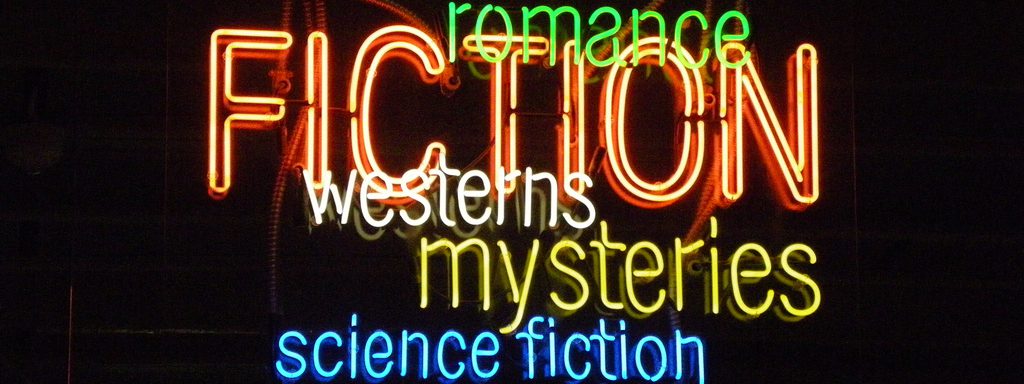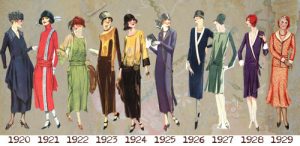Duane Lawrence
ENG 2001-D536
Prof. Rosen
05/08/18
Mr. Charles Tanner
Editor
Hathi Trust Inc.
432 Park Avenue
New York, New York, 10022
Dear Mr. Tanner,
There is always a thought, emotion, or belief that influences someone’s words. While Helga Crane is waiting to meet with Dr. Anderson she looks outside and sees working women wearing a colors that are dull which she does not agree with. While looking at the working women a thought came to mind when a woman she have heard say that bright colors should not be worn by colored people. The color of clothing is important for Helga, and there is a contrast between the ones who want people of color to blend in and the ones that want people of color to stand out. Knowing background about fashion trends, African American women’s fashion choices, and how color has a ‘symbolic’/emotional reaction to others will help readers consider Helga’s dilemma with her appearance and of other colored people. The book was published in 1928, taking that into consideration, the type of fashion that women had will help visualize them during that time. Here is a photo that shows the types of clothes that women wore during the 1920’s:
It is seen that women wore skirts at least just at or below the knees with a blouse and a hat. But during the 1920’s was what is known as ‘The Harlem Renaissance’ which had a major impact on fashion especially women of color. According to “Fashion During the Harlem Renaissance” it says that colored women’s clothing “was designed to express grace and elegance…silk gloves…” This shows that colored women during the Harlem Renaissance had their own way of fashion that was influenced not only by the fashion trend but also by the movement of music and art from their own people to help make their clothes represent themselves. Having this fashion in mind it will be useful to know that when Helga referred to the clothing of the working women, she said ‘Drab’ which means a dull, lifeless, or faded appearance or quality. Drab colors being “mostly navy blue, black, brown,..” (Larsen, pg 38). Which is the opposite statement the woman from her past memory said, she believes colored people should wear those colors in general, working or not because it blends in with the color of the skin and does not ruin the visual pleasure. While according to “How Adding Bright Colors To Your Wardrobe Can Help You Beat The Winter Blues”, it says, “Research has shown that both yellow and green evoke positive emotions, for example, while black and gray are reminiscent of mourning, sadness and depression.” The woman is underlying that the color of African American skin reminds or fills her up with negativity and believes that if their skin makes them feel that way then they should not wear colors like yellow that makes them feel happiness, joyful, positive because it contradicts their emotions. Since they can not change the color of their skin then she believes that they should all match the color so when others like herself look then there is no confusion of emotions. Helga mentioned the word ‘luminous’ which means emitting or reflecting usually steady, suffused, or glowing light. With that being said Helga, on the other hand, saying that when colored people wear those colors then they are not showing off their complexion because it is being blended in with those colored clothing. They should wear bright clothing to show off the melanin that is in their skin and stand out to those around them to show off the color of their skin because it is in fact a beautiful sight for them to dress the way they feel best represents themselves and the culture and should not confine their appearance for others pleasure sake.
Sincerely,
Duane Lawrence
Creative Writing Student
111-222-3334
dcreativity@aol.com
Work Cited
- Julia Brucculieri, “How Adding Bright Colors To Your Wardrobe Can Help You Beat The Winter Blues”, Nov. 2017, HUFFPOST
https://www.huffingtonpost.com/entry/bright-colors-beat-the-winter-blues_us_5a0f1373e4b0e97dffed0723
2. Kelsey Ruckle, “Fashion During the Harlem Renaissance”, Feb. 2014, Prezi
https://prezi.com/nnl1v0lkns3a/fashion-during-the-harlem-renaissance/
3. Stevie McGlinchey, “Brief History of Women’s Fashion – The 1920s –”, Jun. 2014, Glamourdaze Copyright © 2018 All Rights Reserved
http://glamourdaze.com/history-of-womens-fashion/1920-to-1929




